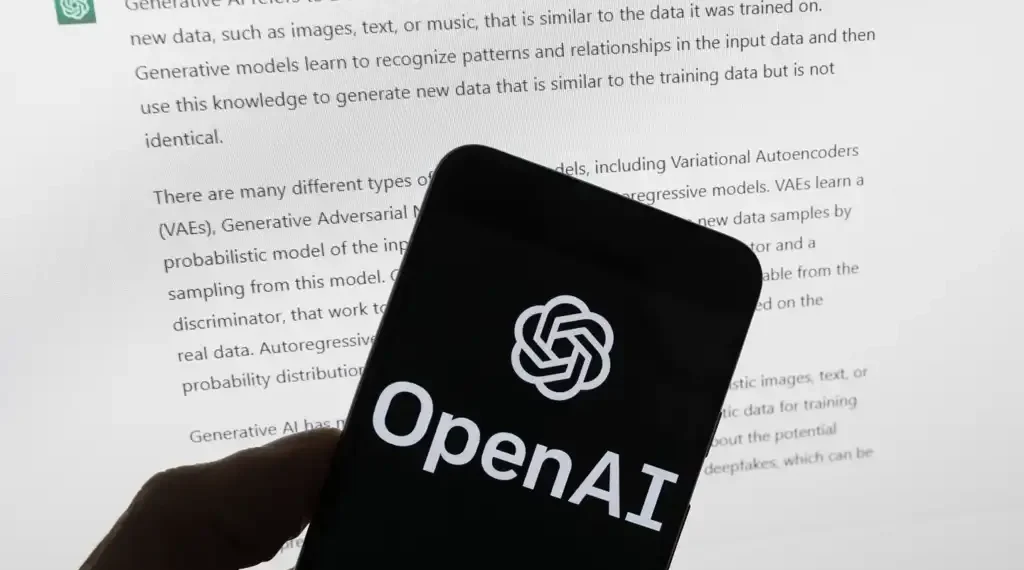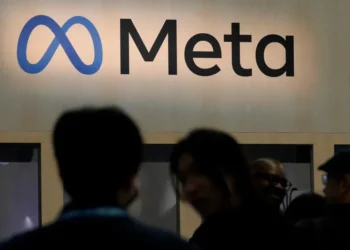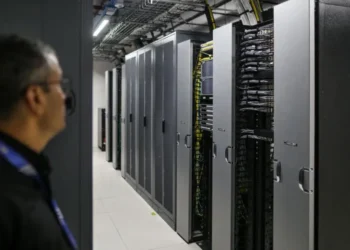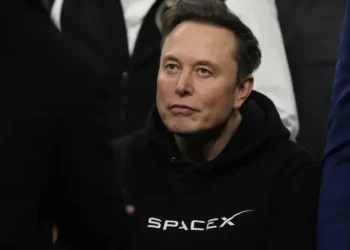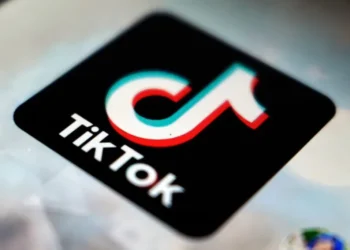OpenAI Launches GPT-5, Raising the Stakes in the Global AI Race
Published: August 8, 2025, 16:05 (U.S. Eastern Time)
OpenAI has officially released GPT-5, the latest version of the artificial intelligence technology that powers ChatGPT. The launch is being closely monitored by industry experts, investors, and policymakers as a key indicator of whether the generative AI boom is sustaining its momentum or approaching a plateau.
Arriving more than two years after GPT-4’s debut in March 2023, GPT-5 lands amid heightened competition, substantial financial investment, and growing public debate about the benefits and risks of AI.
A Competitive Release in a Crowded AI Landscape
OpenAI’s announcement comes just days after rival Anthropic unveiled the newest version of its Claude chatbot. Google and several major AI developers in the U.S. and China are also in an aggressive race to outperform each other on speed, accuracy, and functionality benchmarks.
Microsoft, a longstanding OpenAI partner, confirmed it will integrate GPT-5 into its Copilot AI assistant, broadening the model’s reach across productivity tools.
Pushing Toward AGI While Expanding Usability
Expectations for GPT-5 have been high. OpenAI has consistently framed each major update as a step toward artificial general intelligence (AGI)—a level of machine intelligence that could surpass humans in performing economically valuable tasks.
OpenAI CEO Sam Altman called GPT-5 a “significant step along our path to AGI” but emphasized its practical value to the 700 million weekly ChatGPT users.
“It’s like talking to an expert — a legitimate PhD-level expert in anything, any area you need, on demand,” Altman said during a livestreamed launch event Thursday.
GPT-5 is now available to all ChatGPT users, including those with free accounts, though usage limits apply. Early demonstrations highlighted the model’s enhanced coding abilities, a space where Anthropic’s Claude has gained traction.
Safety and Reliability at the Forefront
One of OpenAI’s major talking points at the launch was safety. The company says GPT-5 has been designed to be “less deceptive” and better at rejecting harmful or manipulative prompts that might circumvent safeguards.
The announcement followed a recent Associated Press report detailing a study in which ChatGPT provided unsafe responses about drugs and self-harm to researchers posing as teenagers.
OpenAI representatives said they have strengthened content moderation, expanded testing for edge cases, and fine-tuned the model’s ability to identify potentially harmful requests before responding.
Expert Perspectives on GPT-5’s Performance
From a technical standpoint, GPT-5 demonstrates “modest but significant improvements” over GPT-4, according to John Thickstun, an assistant professor of computer science at Cornell University.
“While I don’t think AI is going to replace all human work anytime soon, there’s still a lot of room for OpenAI and others in the field to advance the technology,” Thickstun said. “This is about building on the gains they’ve made, not just resting on them.”
GPT-5’s architecture reportedly departs significantly from GPT-4, potentially laying the foundation for more dramatic leaps in future versions.
OpenAI’s Evolution and Business Challenges
Founded in 2015 as a nonprofit research lab dedicated to developing AGI safely, OpenAI has since transitioned into a capped-profit model. Its valuation has surged to an estimated $300 billion, making it the third most valuable private company in the world.
However, its hybrid structure has faced legal and regulatory challenges. In November 2023, OpenAI’s nonprofit board briefly removed Altman as CEO before reinstating him within days. Since then, the company has announced plans to convert its for-profit arm into a public benefit corporation, which would require balancing shareholder returns with its stated mission.
The company has yet to report a profit. It has also faced scrutiny from California and Delaware attorneys general over its nonprofit roots, as well as a lawsuit from co-founder and early donor Elon Musk, who now runs a competing AI firm.
Economic Realities of the AI Market
Building and running GPT-5 requires enormous computing resources, including high-cost chips and advanced data center infrastructure. OpenAI is seeking substantial new funding to sustain its research and operations.
Analysts at JPMorgan Chase recently described OpenAI as having an “increasingly fragile moat” at the frontier of AI, warning that no single developer may be able to maintain a lasting competitive advantage. The bank suggested that intense competition could drive companies to lower AI product pricing, potentially shifting the industry’s business model in the coming years.
A Bellwether for the Industry
GPT-5’s release will serve as a test case for the broader AI sector: can generative models continue to deliver meaningful improvements that justify the immense hype and investment? Or will incremental progress slow the pace of adoption and innovation?
For OpenAI, the answer will depend not only on technical performance but also on user adoption, safety credibility, and the company’s ability to navigate legal, financial, and competitive pressures.
In the meantime, millions of ChatGPT users now have access to OpenAI’s most advanced technology to date — a model that could shape the next phase of human-AI interaction.
This article was rewritten by JournosNews.com based on verified reporting from trusted sources. The content has been independently reviewed, fact-checked, and edited for accuracy, neutrality, tone, and global readability in accordance with Google News and AdSense standards.
All opinions, quotes, or statements from contributors, experts, or sourced organizations do not necessarily reflect the views of JournosNews.com. JournosNews.com maintains full editorial independence from any external funders, sponsors, or organizations.
Stay informed with JournosNews.com — your trusted source for verified global reporting and in-depth analysis. Follow us on Google News, BlueSky, and X for real-time updates.
